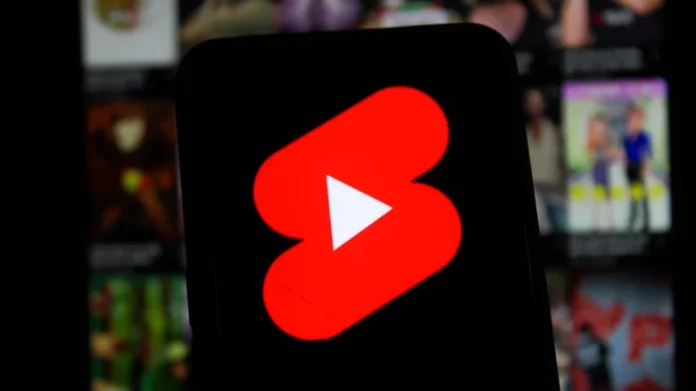The concern over digital platforms eroding attention spans has intensified in recent years, with AI tools like ChatGPT often blamed for reducing critical thinking. But while AI’s role is debated, another, more immediate culprit thrives in plain sight: doomscrolling. Platforms like TikTok, Instagram Reels, and YouTube Shorts are engineered to keep users engaged through endless, algorithmically curated short videos—often for hours on end.
Now, YouTube appears to be responding to growing scrutiny by introducing a new feature aimed at curbing excessive use of its Shorts feed. This move likely reflects increasing pressure around digital well-being, especially concerning younger audiences. While the platform already offers Restricted Mode to filter potentially inappropriate content, it’s expanding its safeguards with a built-in daily timer for Shorts.
How the Shorts Timer Works
Users will soon be able to set a custom daily limit on how long they can scroll through the Shorts feed on mobile. The setting will be accessible via Settings > General, where users can define their preferred time cap. Once the limit is reached, a dismissible notification will appear, pausing access to the Shorts feed for the rest of the day.
This isn’t YouTube’s first attempt at promoting mindful usage. The app already includes:
- “Remind me to take a break” – Sends periodic alerts after a set duration of watching.
- “Remind me when it’s bedtime” – Triggers a notification at a user-scheduled time.
These features live in the same General section of Settings, suggesting the new timer will integrate seamlessly into the existing suite of digital wellness tools.
Tracking Your Viewing Habits
For users curious about their actual screen time, YouTube provides transparent usage data. By navigating to the You tab > Time watched, viewers can see a detailed graph showing their viewing activity over the past seven days. This insight empowers users to make informed decisions about their habits—especially useful when combined with proactive limits like the upcoming timer.
A Step Toward Responsible Design?
While third-party apps have long offered anti-doomscrolling solutions, embedding such controls directly into YouTube marks a significant shift. It signals an acknowledgment that platform design plays a central role in compulsive behavior. By making time management tools more visible and accessible, YouTube is taking a small but meaningful step toward user-centric design.
Still, the effectiveness of the feature will depend on user adoption and whether the prompt can be too easily dismissed. The real test will be whether it leads to measurable reductions in mindless scrolling—or simply becomes another toggle lost in the settings menu.





